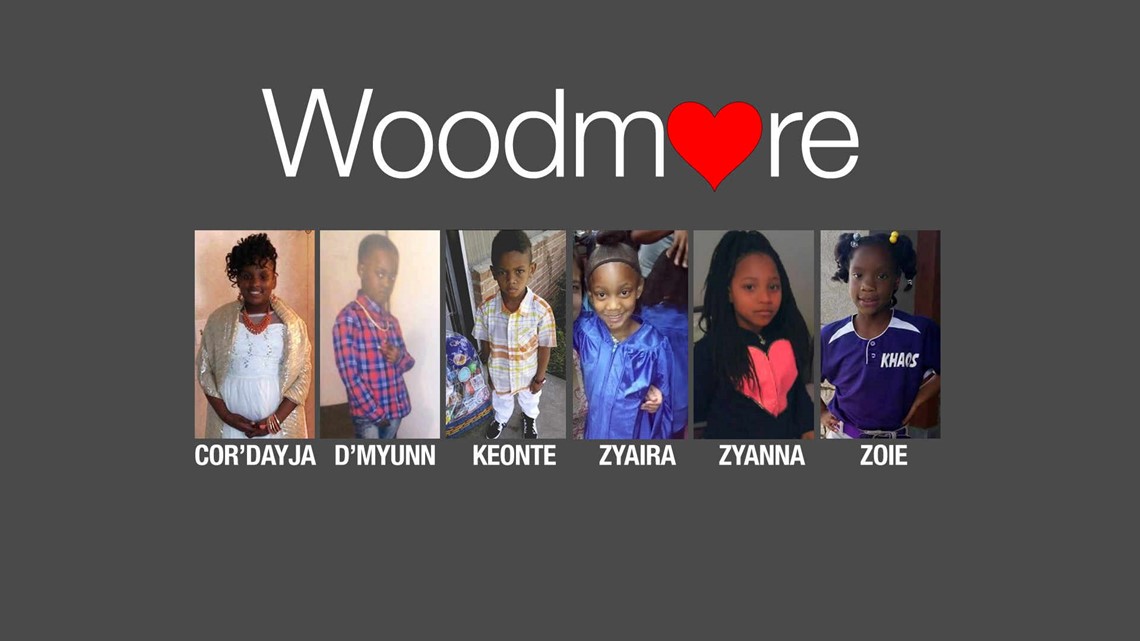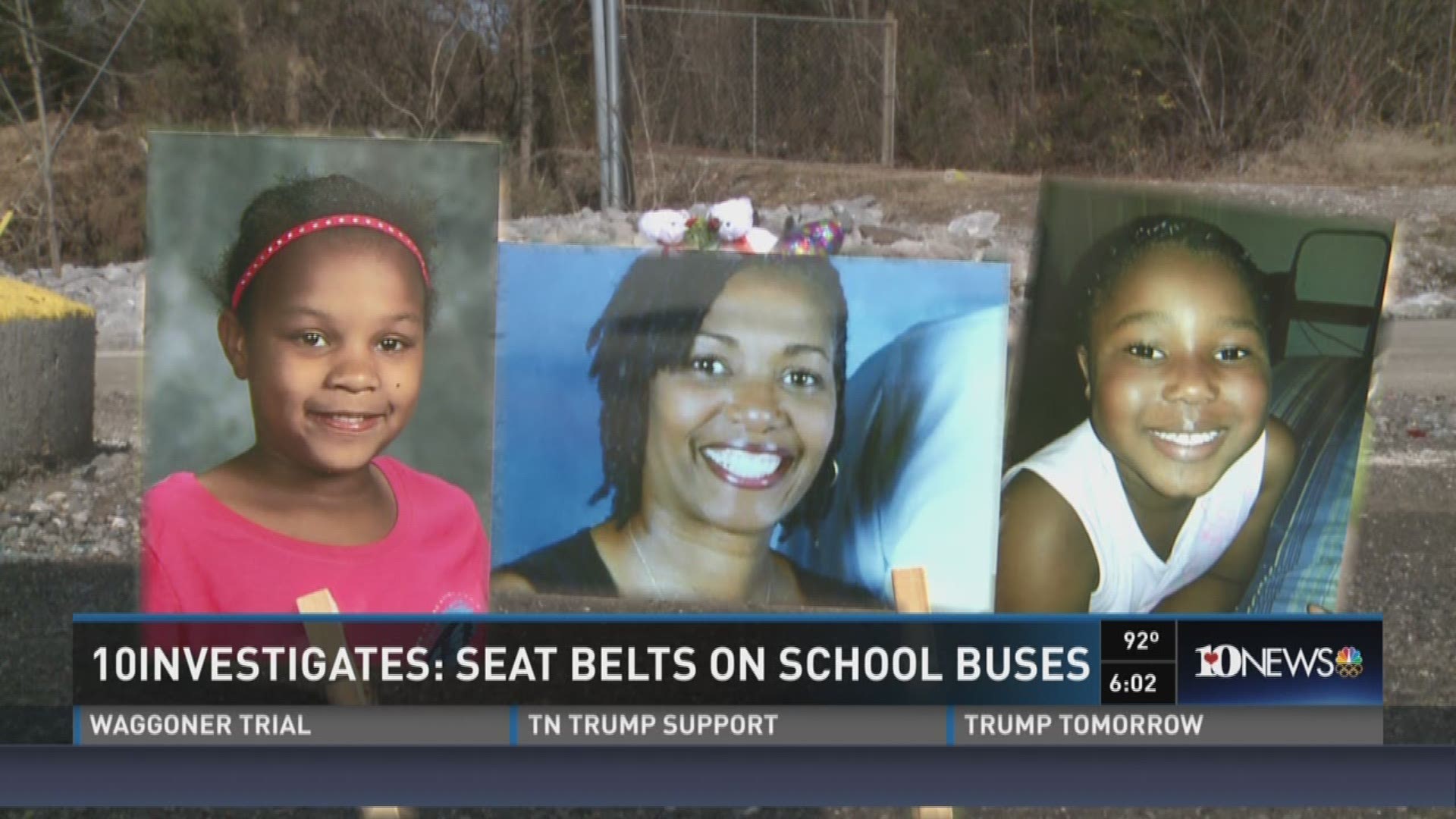In the wake of a fatal East Tennessee school bus crash that killed six children and injured 26 others, federal transportation authorities on Tuesday recommended to the National Highway Traffic Safety Administration that all new school buses be required to be made with seat belts.
The move came during a National Transportation Safety Board meeting in Washington, D.C. after its members reviewed findings of a Special Investigation Report that stemmed from the fatal Nov. 21, 2016 Chattanooga crash and another deadly school bus crash that took place just three weeks prior in Baltimore.
In addition to recommending states require new buses be built with lap-shoulder seat belts, the board also issued recommendations that buses be equipped with electronic stability control — computerized technology that improves a vehicle's stability by detecting and reducing skidding.
The Chattanooga bus crash involved 37 elementary students and, according to an NTSB report, the children's bus driver Johnthony Walker was speeding and on his cellphone when he lost control of bus 366, swerved across Talley Road, overturned and crashed into a tree.


Last month a Hamliton County Criminal Court judge sentenced Walker to four years in prison last month after a jury found him guilty of criminally negligent homicide.
According to NTSB's investigation's findings, Walker's employer, Durham School Services, had also received numerous complaints about his behavior and interaction with students and failed to address the issue. Durham, an Illinois-based company, provides the majority of Hamilton County's school buses and drivers.
The Nov. 1 2016, Baltimore crash involved a school bus, a transit bus and a car. Six people died including the two bus drivers and 11 others were injured.
According to a NTSB report, the school bus was traveling 57 miles per hour in a 30-mph zone when it crashed into a Ford Mustang in the city's Irvington neighborhood. The bus continued more than 800 feet down a roadway before striking the MTA bus.
The board determined the bus driver in this case had a seizure and caused the crash.
“I want to impress on everyone that the school bus is statistically the safest way to get to school. It’s not about choosing another option, it’s about closing gaps in school bus safety,” NTSB Chairman Robert Sumwalt said during Tuesday's board meeting. “Results of those gaps are as tragic as they were unnecessary.”
In the end, the board found:
- The crash involved a contract carrier
- The driver had a history of poor performance
- The school district and the carrier did not effectively address each driver’s poor performance
- A lack of passenger lap shoulder belts on the bus
The NHTSA, which sets national standards for school bus safety, requires lap-and-shoulder belts on school buses weighing less than 10,000 pounds, but allows individual states to decide whether to require seat belts on larger school buses.
According to the National Conference of State Legislatures, eight states — Arkansas, California, Florida, Louisiana, Nevada, New Jersey, New York and Texas — have passed laws requiring seat belts be installed on school buses.
In 2017, the Tennessee legislature considered a bill to require new school buses be equipped with seat belts. It did not advance and was not taken up again in the 2018 session.
Reach Natalie Neysa Alund at nalund@tennessean.com and follow her on Twitter@nataliealund.

